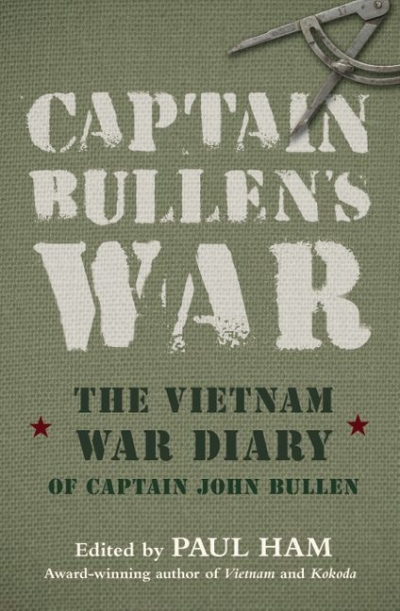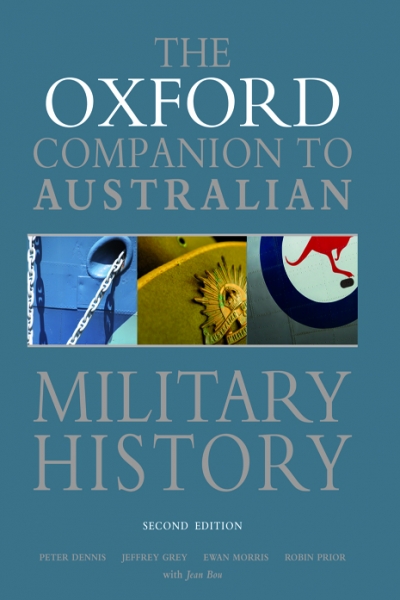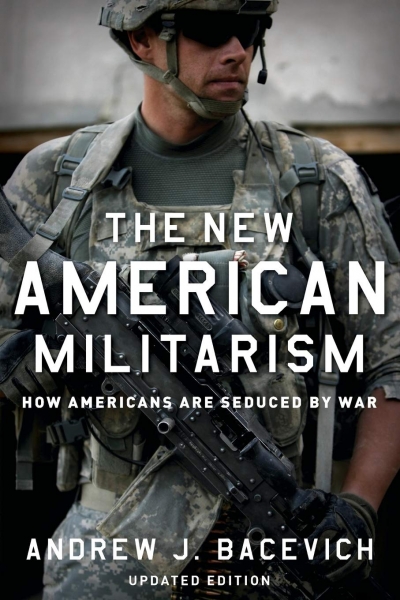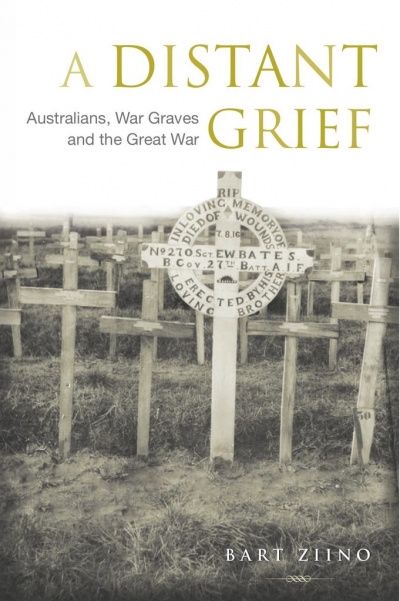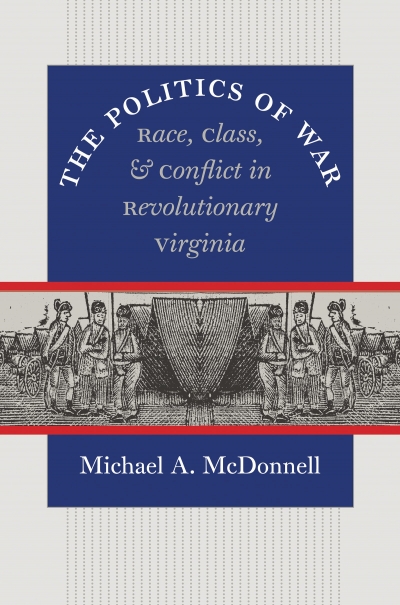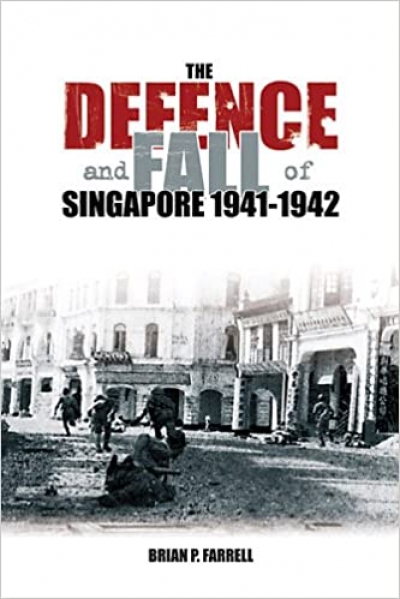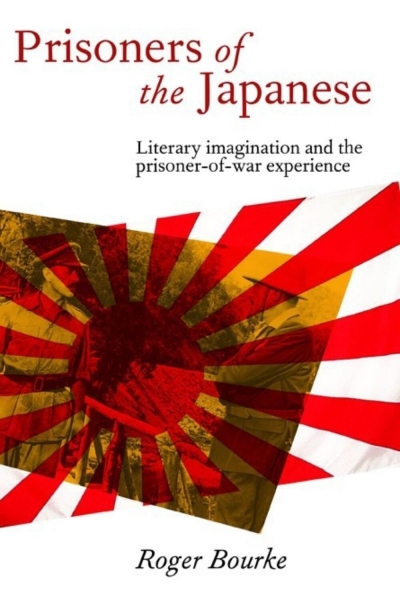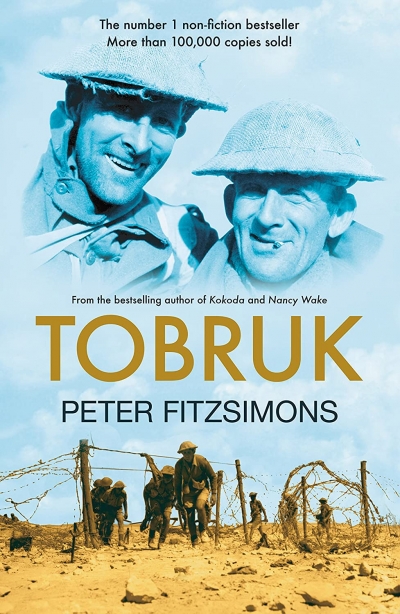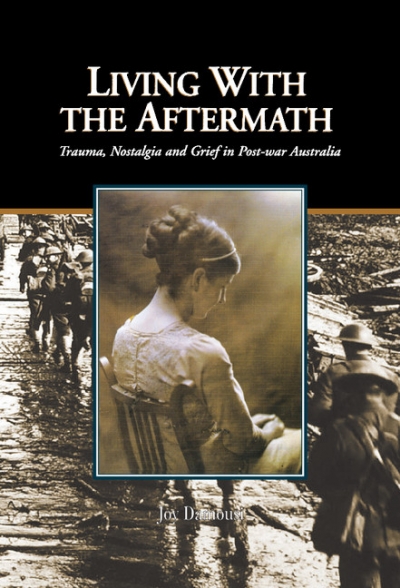War
Captain Bullen’s War: The Vietnam War diary of Captain John Bullen edited by Paul Ham
by Elisabeth Holdsworth •
The Oxford Companion to Australian Military History (Second Edition) edited by Peter Dennis et al.
by David Horner •
The New American Militarism by Andrew J. Bacevich & Unintended Consequences by Kenneth J. Hagan and Ian J. Bickerton
by Richard Broinowski •
A Distant Grief: Australians, war graves and the Great War by Bart Ziino
by Ken Inglis •
The Politics Of War: Race, Class, And Conflict In Revolutionary Virginia by Michael A. McDonnell
by Donna Merwick •
The Defence and Fall of Singapore 1940–1942 by Brian P. F & Singapore Burning by Colin Smith
by John Coates •
Prisoners of the Japanese: Literary imagination and the prisoner-of-war experience by Roger Bourke
by Peter Pierce •
The looter held a sign in one hand as he pushed a trolley overflowing with stolen goods in the other. His sign read, ‘Thank you, Mr Bush’. It was not, I suppose, the kind of gratitude George W. Bush had expected. The next day’s looting was not likely to raise a smile: private homes, great museums, and hospitals were ransacked. Vigilantes exercised rough and sometimes cruel justice. There will be worse to come when mobs catch Saddam Hussein’s brutal functionaries. Again, we will be reminded that oppression does not even make people noble, let alone good.
... (read more)
